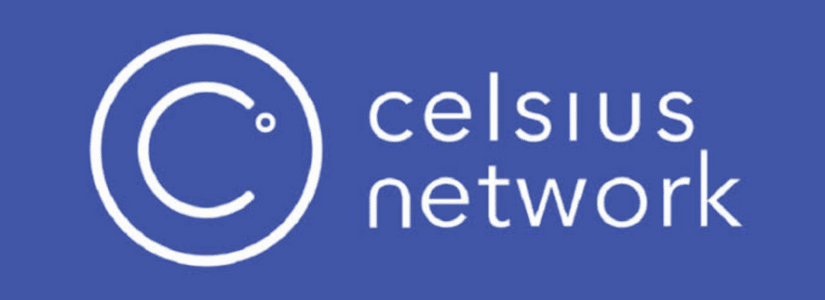The final report of the independent U.S. court-appointed examiner of the struggling cryptocurrency company Celsius reveals that the company misled its investors and occasionally used new customer funds to pay for other customers’ withdrawals.
Shoba Pillay, who was asked by the court in September 2022 to provide an outside perspective on the crypto lender’s operations, published an account of the firm’s operations that could have led to its bankruptcy filing in July.
The lengthy, over 600-page report claimed that from the beginning, Celsius and its founder, Alex Mashinsky, who is currently being investigated for fraud in the United States, did not “deliver” on their promises regarding their native CEL token and other business endeavors.
It also mentioned that Celsius used customer deposits to acquire stablecoins, resulting in a billion-dollar hole in its assets between May 28, 2021, and its subsequent bankruptcy.
Celsius’ reward rates exceeded its revenue.
Shoba Pillay said, in regards to the reward rates, that what the crypto firm informed its customers about its reward rates did not match what it actually did.
“Celsius did not distribute up to 80% of its revenues to its customers because it had little to no profits to distribute,” the report said. “Celsius also made no effort to set its reward rates based on its yield.”

Moreover, it insisted that, despite giving customers the impression that it had established a reward rate-setting policy that permitted it to distribute up to 80% of its revenues to customers, Celsius did not have one until July 2021.
Some in Celsius’s management reportedly raised red flags about this practice and tried to reduce reward rates, but Alex Mashinsky—the founder and CEO of the troubled lender—disregarded their advice and refused to do so.
The report says that Mr. Mashinsky “prioritized growth in Celsius’s customer base over profitability. ”
Therefore, Celsius amassed reward obligations to customers totaling $1.36 billion between 2018 and June 30, 2022, which is more than the net revenue it made from customer deposits.
This suggests that Celsius’s reward rates would have been significantly lower than what it actually paid if those rates had been determined using its revenues or profits.
However, by using a strategy of high rates, Celsius gave the impression to customers that it was generating the high return on investment that it had advertised, and the rewards it gave out far outweighed the substantial amounts of revenue it could generate.










